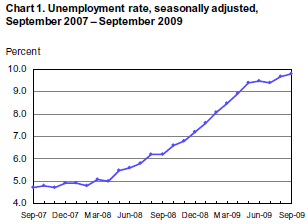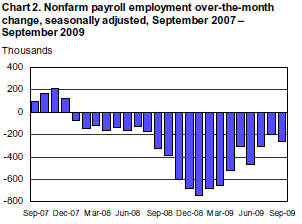Today, we do not have a financial problem as much as we have a value problem. The challenges that face our civilization are far too great to be solved on an “Advertising” platform. Whatever happens next, it must start with a Reality Platform.
2012: A Space Odyssey
A Platform for Reality
Compared to the Big Four – which collect data behind secure walls, analyze with proprietary algorithms, then serve up content that is most beneficial to the platform (not necessarily the user) – The Value Game is revolutionary. In one application of the Value Game, a company called Social Flights collects four separate streams of data, converts the data to a single usable form, then shares the data back to the separate streams.
For example; an airplane operator submits data regarding the inventory of their aircraft. The hospitality industry submits data relative to their inventory of support services, Travelers submit data relative to their likely destinations, and event organizers submit data regarding their events.
Music is a combination of rhythm, sound frequency, and timbre
Social Flights captures all of these streams, organizes the data and feeds it back to the market in a more usable form. Aircraft operators learn the optimum use of their aircraft resources. Hospitality and tourism learn how to best allocate their inventory. Event planners learn to access their markets for attendees. Finally, Travelers learn the exact door-to-door cost AND TIME to achieve their objectives. All the connections are made WITHOUT advertising.
Social Value is literally “manufactured” because it is in the best interest of each player that the other Players are successful. Communities become vested in each other – not unlike an ensemble.
Advertising extorts passion
Today, nearly all social organization is now funded – and influenced – by advertising. People do not wake up in the morning aspiring to follow the Kardashians. If left alone, people aspire to follow their friends, to pursue their natural interests, and develop their natural talents. The sole objective of the advertiser is to convince people to do something other than what they aspire to do naturally.
Manufacturing Social Value
The Value Game is a real and valid social value manufacturing engine. The same system deployed to aviation can also be used for any shared asset or experience; cars, roads, infrastructure, corporations, education, and even government, all with the New Value data platforms that are under development.
The problem can never be the solution – we need a new platform.
***
*2001: A Space Odyssey is a story that deals with a series of encounters between humans and mysterious black monoliths that are apparently affecting human evolution,


